The war of the pygmies
Oil on canvas, cm 45,5 x 61
With frame, cm 64 x 78
This peculiar and extravagant representation of a war between pygmies, in the artistic work of the Brescia painter Faustino Bocchi (1659-1741). The Lombard background of this artist explains only partially the choice to represent this kind of works that fit precisely in that vein of bizarre and imaginative experimentalism of which the Bocchi, the Albrici his student and, jumping back, the Arcimboldo are certainly part. The other great influence that is perceived is that coming from the Flemings active in Italy during the seventeenth century, some of which will specialize in the representation of the so-called bambocciate, or works that aimed to depict scenes of everyday life of a popular nature, set in taverns, country parties or city markets. However, unlike the adherents of the school founded by Pieter van Laer, the Bocchi has no realistic end and decides to fill his works with these tiny figures, definable as dwarfs or pygmies, intent on fighting, Celebrate or fight in the most imaginative and unthinkable ways, thus giving the scenes a humorous and burlesque tone. The war motive instead comes from a compatriot of the Bocchi, that is Francesco Monti, called the Brescianino delle Battaglie (1646-1703), specialized in battle scenes but also related to the genre of the bambocciate. Further connections with Flanders are instead through Angiolo Everardi, direct student of the Monti and Flemish family, thanks to which the Bocchi approached the genres of still life and especially the genre scenes. The meticulousness, the details, the grotesque scenes became trademarks of the Bocchi, approached by many critics, for fantasy, meticulousness in small details and oddity to Hyeronimus Bosch.


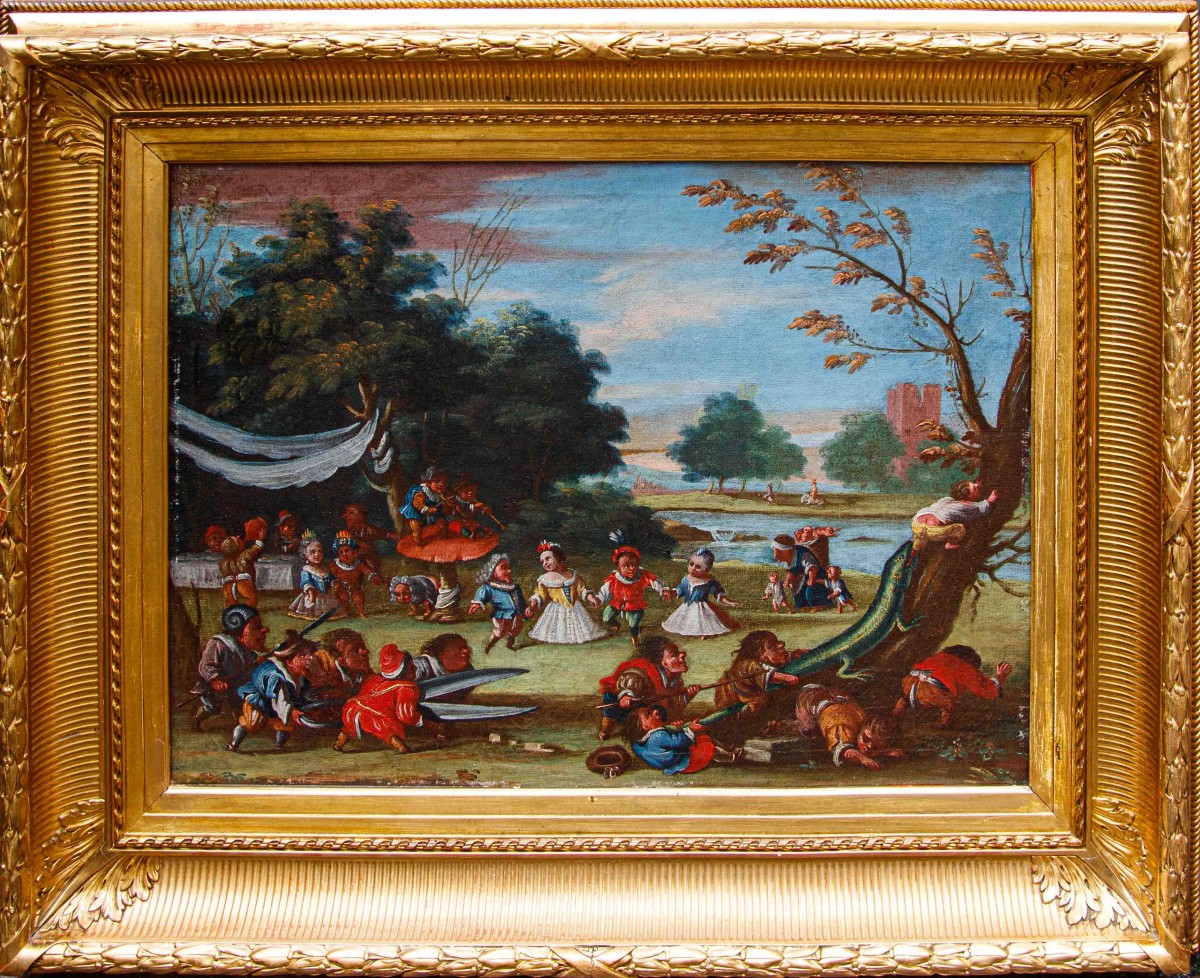
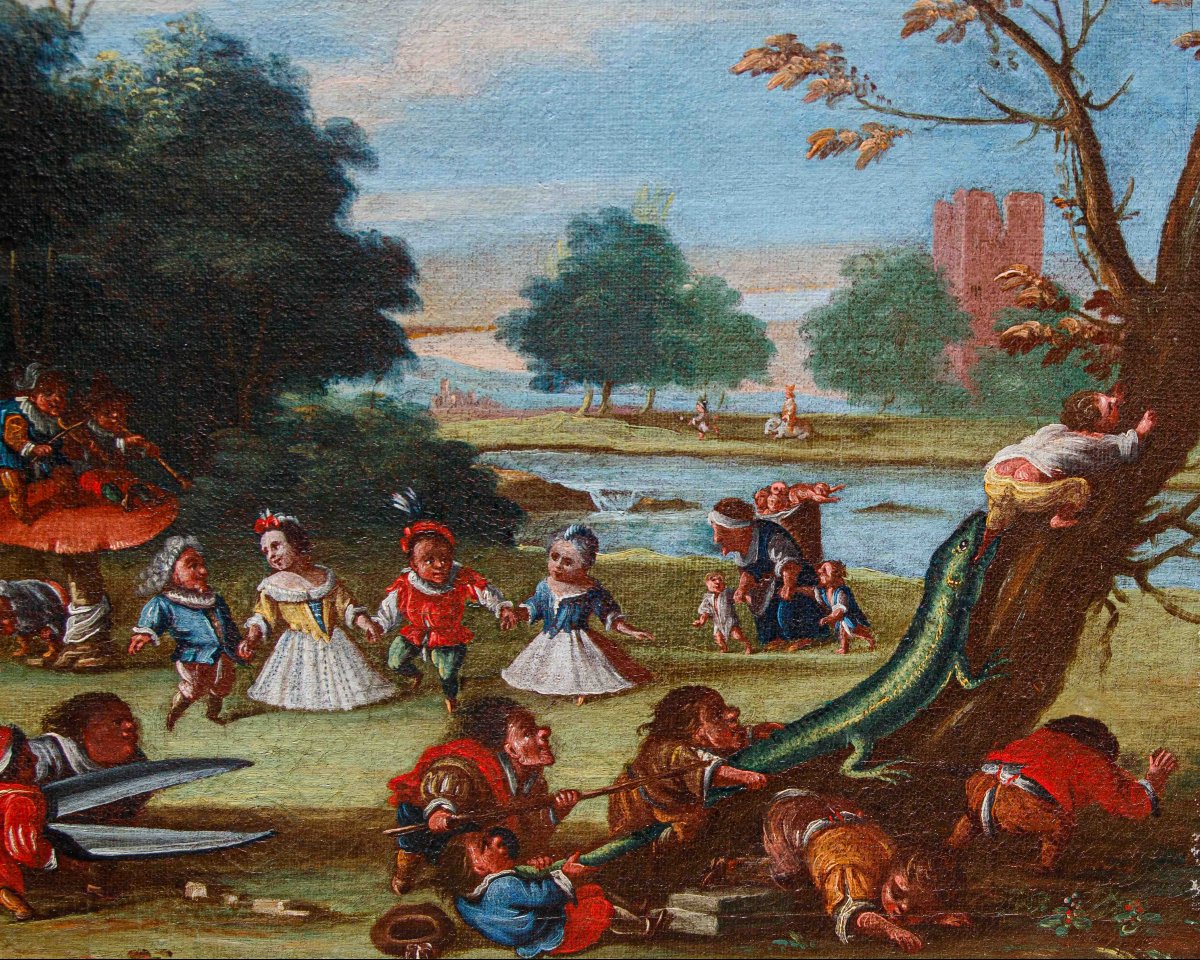
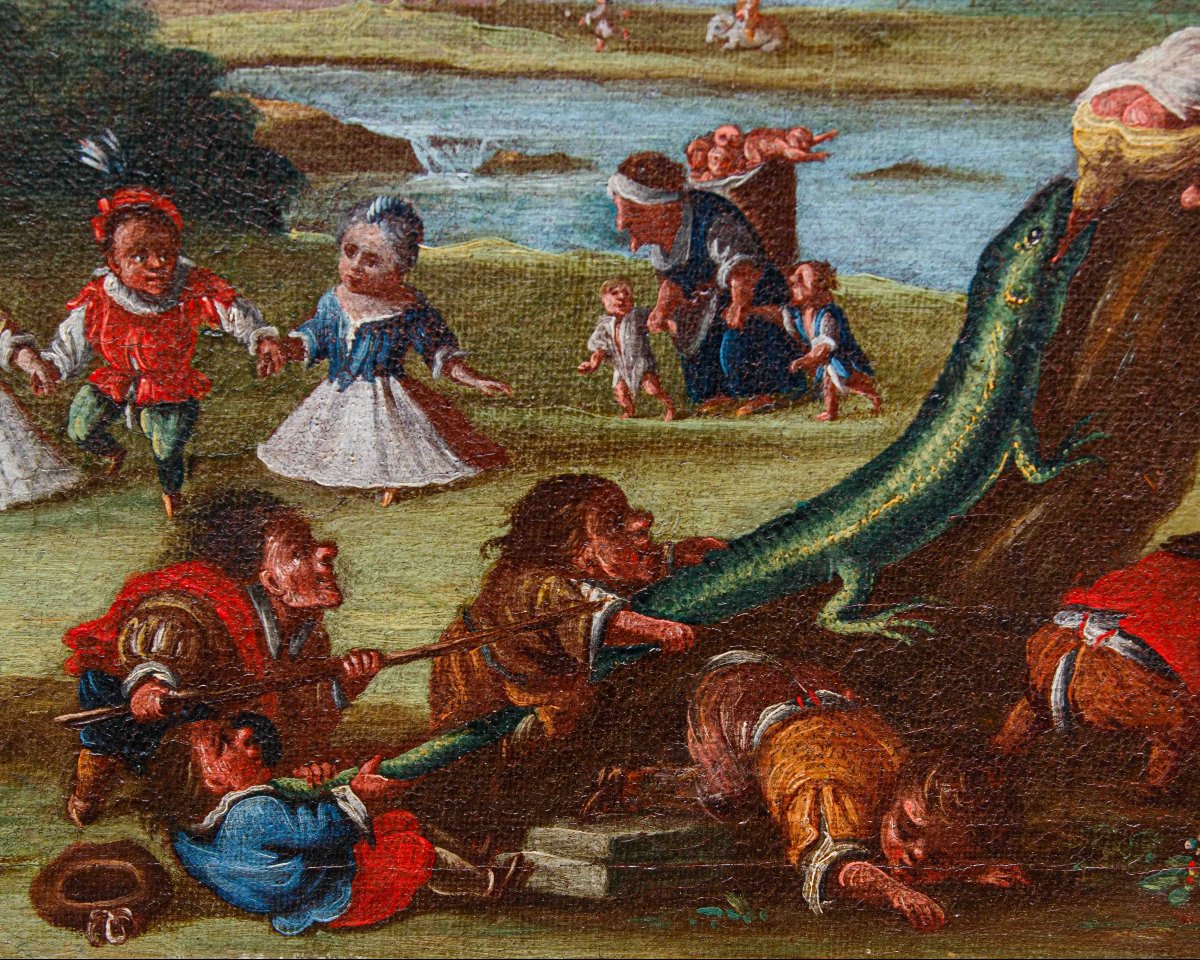

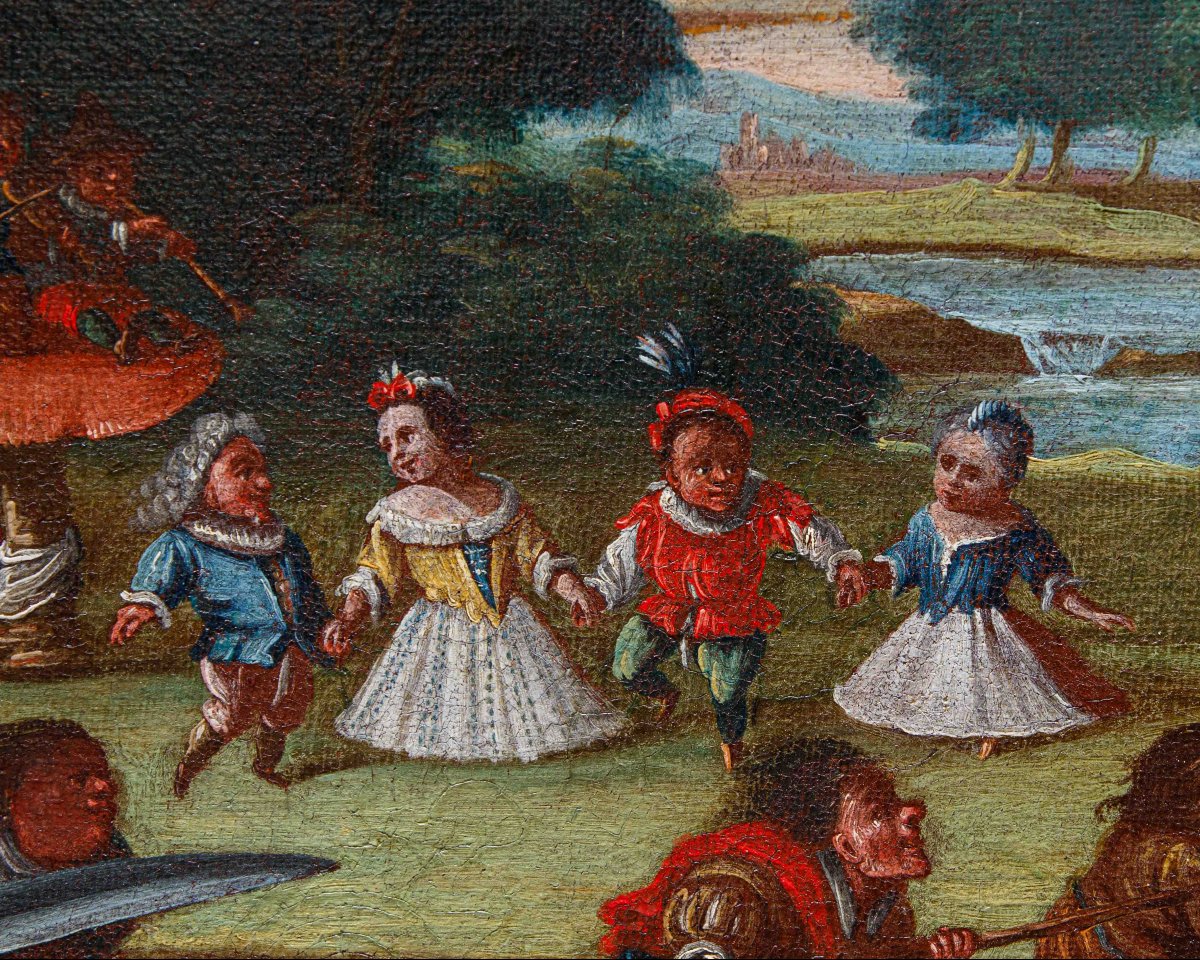



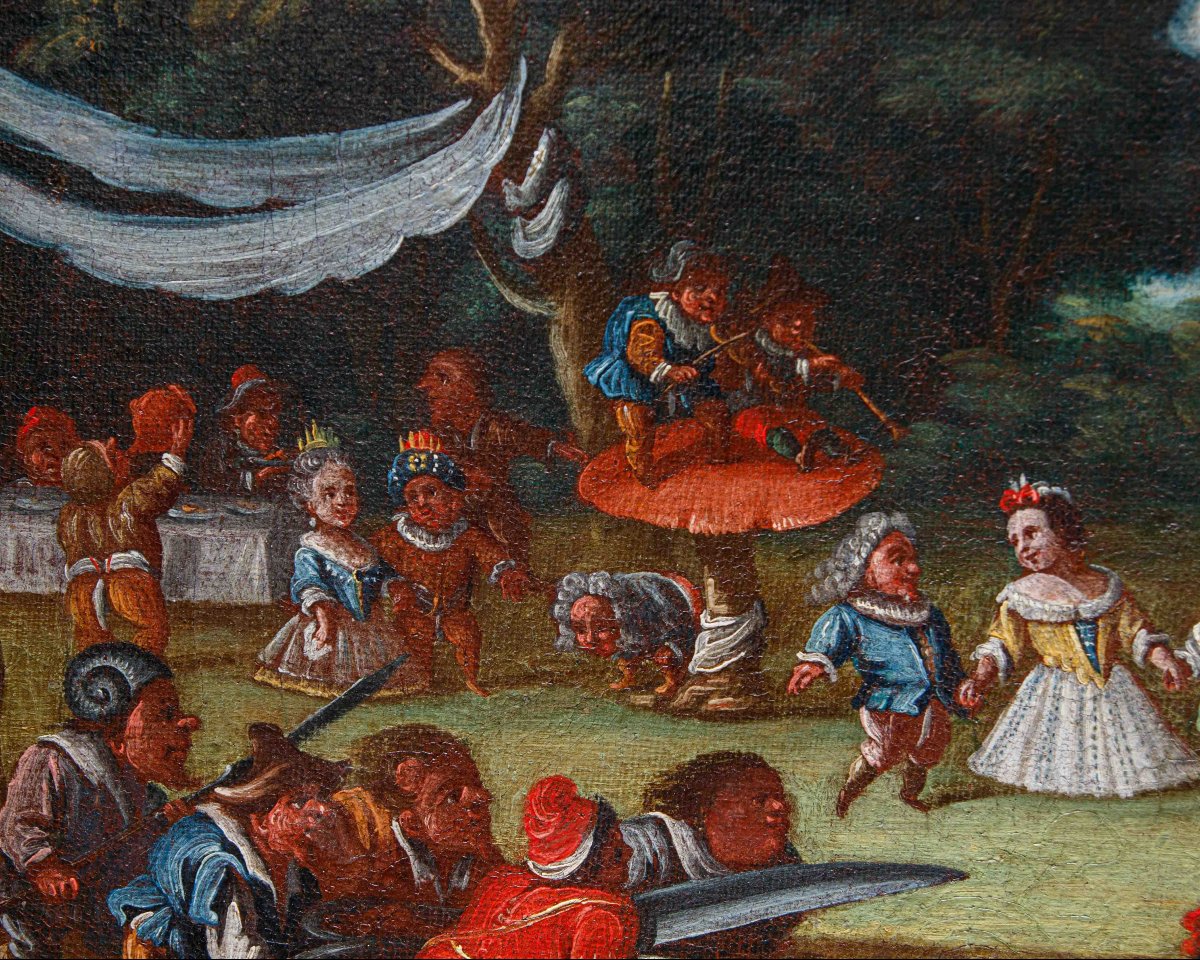
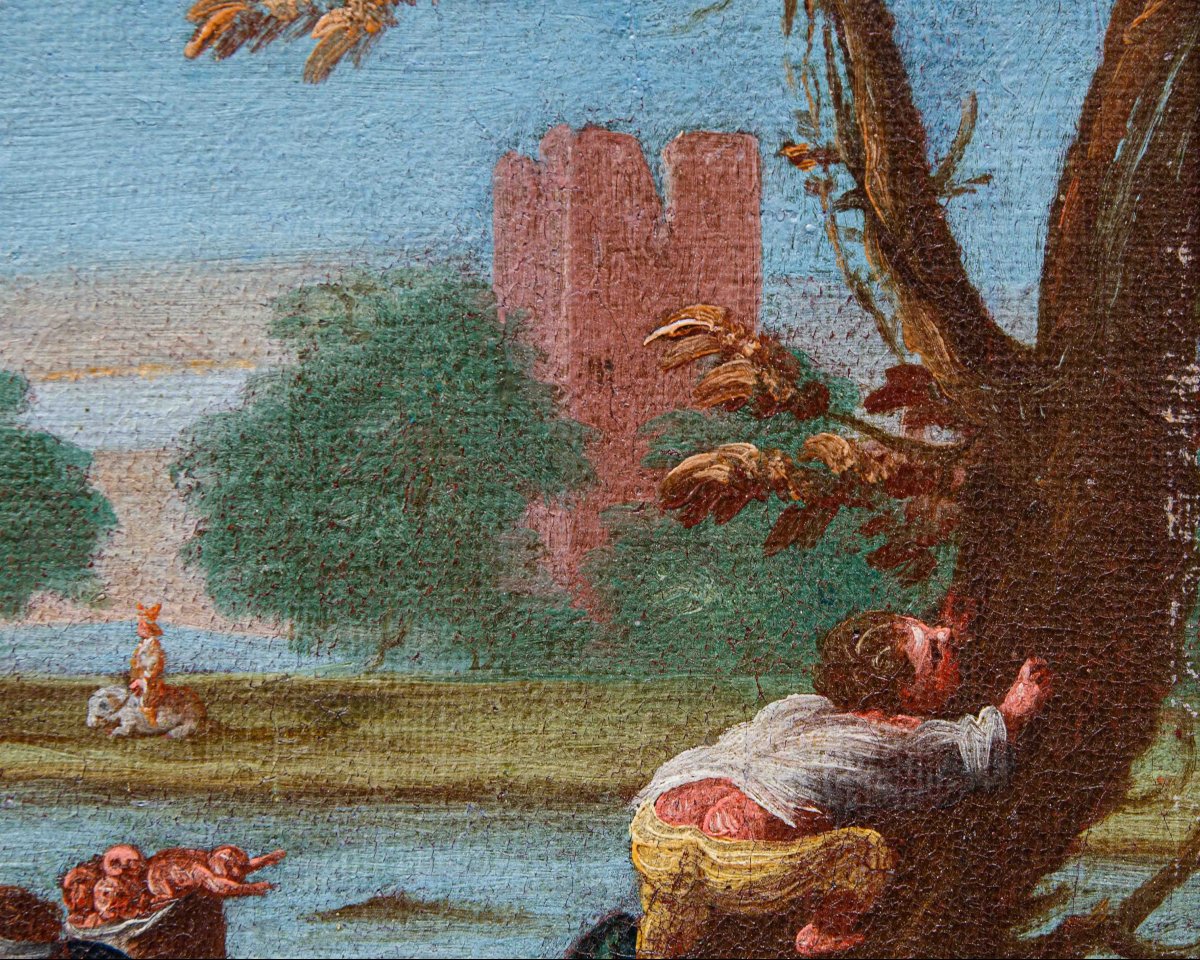
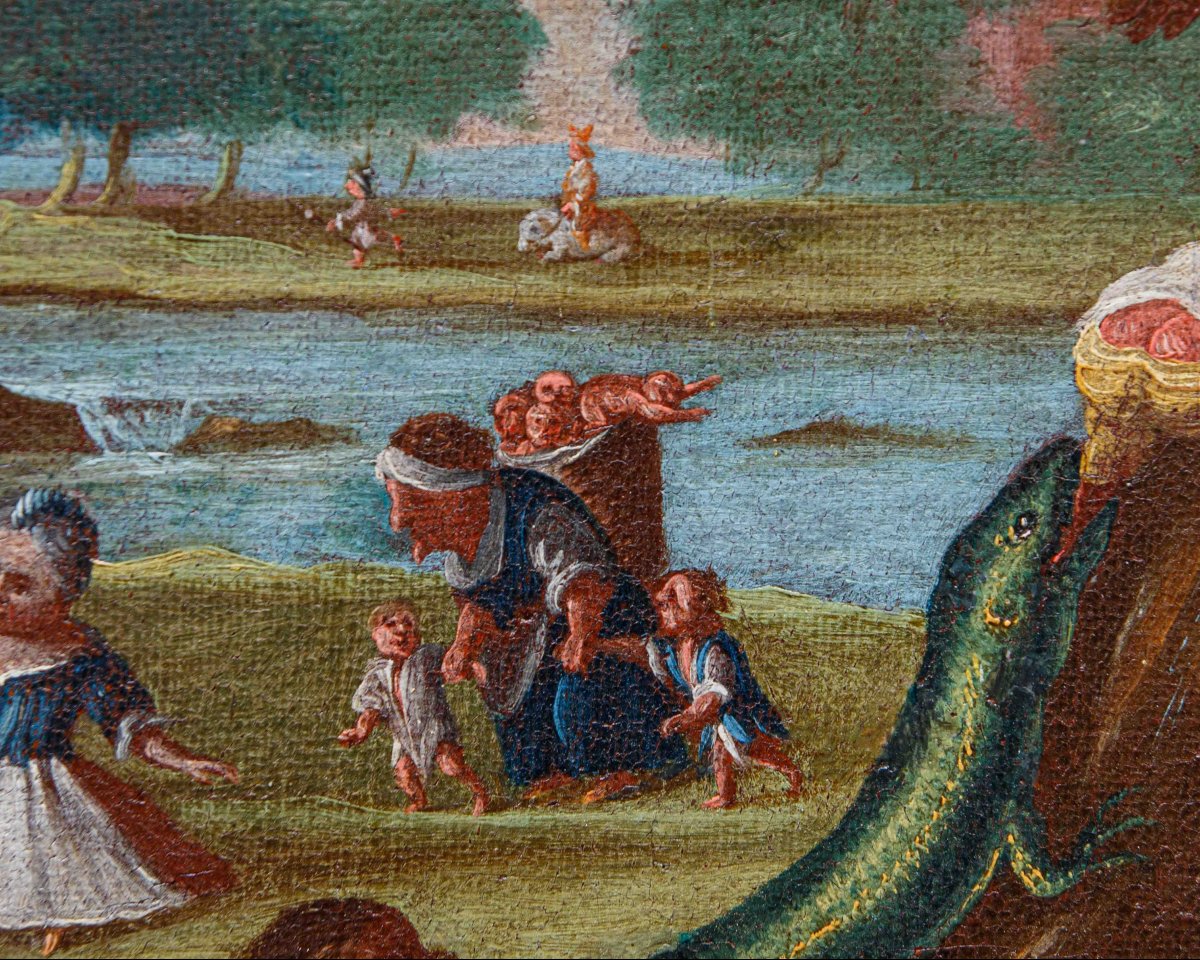


















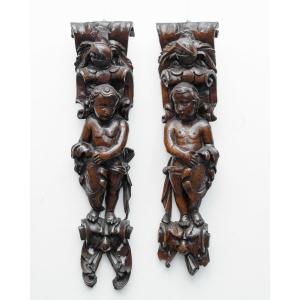

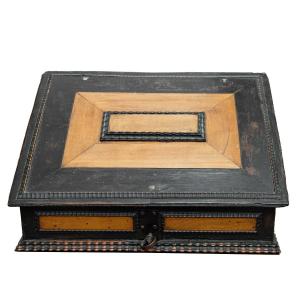





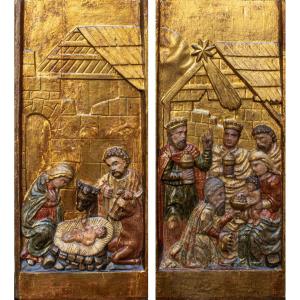
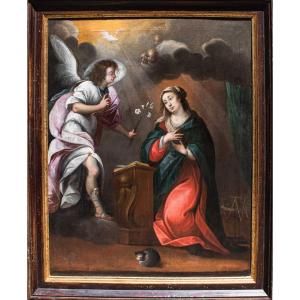
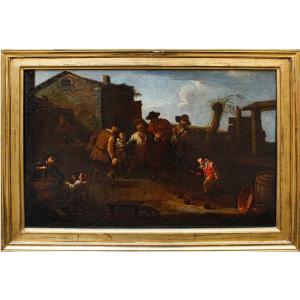



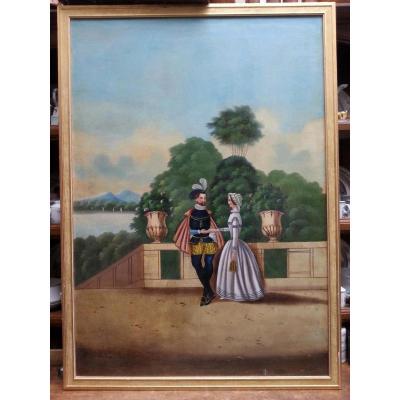
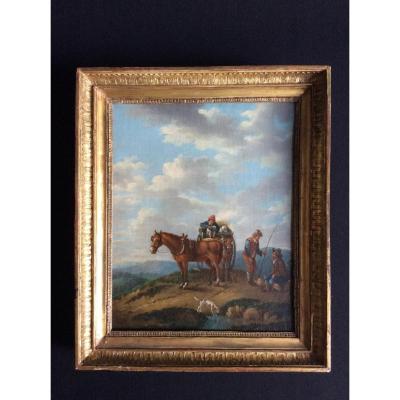



 Le Magazine de PROANTIC
Le Magazine de PROANTIC TRÉSORS Magazine
TRÉSORS Magazine Rivista Artiquariato
Rivista Artiquariato